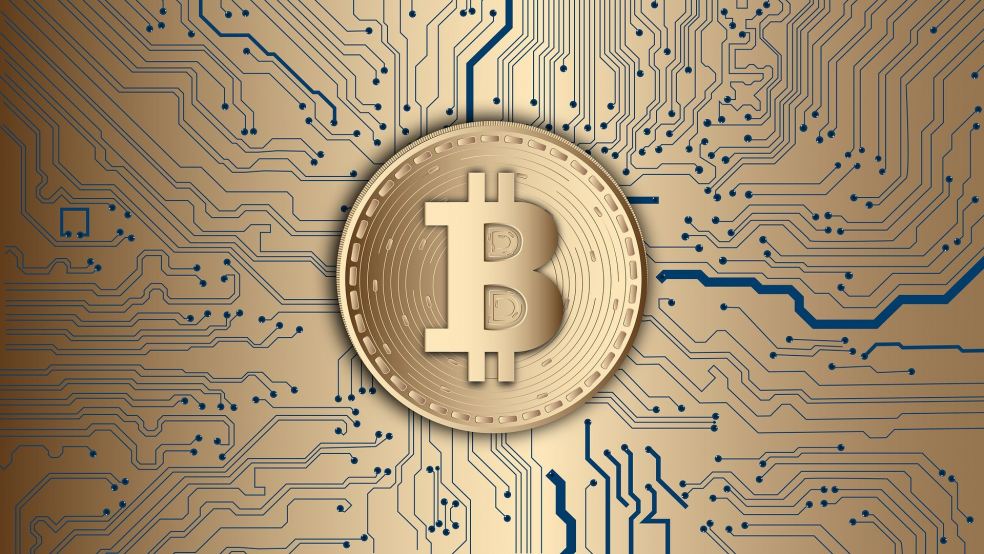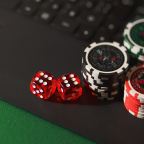
How to create your own NFT - successful cases
Considering OpenSea - the marketplace assessed in the report - is the world's largest hub for enthusiasts, collectors, and artists associated with NFTs, the real numbers are even more gigantic when you consider the global NFT markets and all the existing platforms in the segment.
With the growing success of digital art, many people may think creating an NFT may be a hard task. However, it could be further from the truth. In this article, you will discover the easier and most practical methods to create your own NFTs, in case you’ve decided not to buy Ethereum to buy NFTs like everyone else!
Why Are NFTs So Popular?
The NFT market is still bullish in 2021. According to a Bloomberg report, one single NFT -marketplace moved more than $2 billion in August only. And the price of an NFT can easily surpass some of the biggest crypto prices in the market.
NFTs turn digital assets into one of a kind by creating a unique digital signature that defines the asset's ownership and that can be bought or sold for real money, cryptocurrency, or any other asset.
Non-fungible tokens mean they are not interchangeable, so each of them represents a specific asset owned by a specific person. On the other hand, fungible tokens are interchangeable and can be divided into smaller units to form the same value.
For example, a fifty-dollar bill is fungible, as you can exchange it for five ten-dollar bills, and you will still get the same value. On the other hand, a Van Gogh painting is not fungible, as it cannot be reproduced in bulk nor fractioned into smaller pieces with fractioned value.
Yet, let us say someone has the idea of copying a Van Gogh painting and sell it for a collector, what would happen? The copy would not have any value, as even a Van Gogh piece was copied, it would not be authentic.
In this sense, each NFT contains distinguishable information like who owns that specific digital asset and who sold it, making it distinct and easily verifiable. As it is impossible to forge such a certificate, this unique "authenticity code" will secure the originality of an NFT.
This way, NFTs create a blockchain-based certificate for digital collectibles, including art, music, games, and many other things. The underlying technology and the programming language used to create NFTs are the same as other cryptocurrencies.
Ultimately, the difference is the standard used to create non-fungible tokens. For example, the two major standards used to create NFTs in the Ethereum network are the ERC-721 and ERC-1155 standards.
Minting An NFT - What's the Easiest Way to Do It?
First, it is impossible to think about the creation of an NFT without considering the asset it would represent. If you are interested in digital art and want to create something new, make sure to work on artwork that is both appealing and innovative.
One of the main advantages of NFT art is that it's possible to find buyers for virtually all types of artwork, including digital painting, illustrations, animations, gifs, collage, etc. Then, the next step is to create a crypto wallet and buy Ethereum.
Why? Well, the easiest way to create an NFT is using an expert platform to do it, such as an NFT marketplace. However, the minting process will require at least an insignificant amount of Ether (ETH), so make sure to have a little bit on your savings.
Lastly, you can proceed with choosing the platform you will utilize to mint your non-fungible token. In the following topics, we compiled some of the most popular platforms you can use to create your own NFTs.
OpenSea
Considered the world's largest NFT marketplace, OpenSea is a platform that permits users to buy and sell all types of non-fungible assets, including art, music, domain names, trading cards, gaming items, collectibles, and utility.
Founded in 2017, the platform permits you to create whatever type of NFT you want, all done efficiently and smoothly.
Mintable
Mintable permits anyone with a MetaMask wallet and some eth to turn their creations into NFTs on the Ethereum blockchain. Also, users can create their own stores on the platform and trade with others freely.
To guarantee authenticity, each store has its own smart contract on the Ethereum blockchain, with a unique address that no other store has. Hence, each item belonging to a specific store shares the same address, and each NFT has a unique ID as well.
Rarible
Active since 2020, Rarible permits artists to create their own marketplace without paying any commission or platform fees. Although the platform has a 2.5% commission on trading, there are no listing fees.
Conclusion
Undoubtedly, non-fungible tokens are not just another hype train. Focusing on ownership exclusivity and certification, NFTs are here to stay. Minting your own NFTs may be an excellent idea, especially if you are planning to sell it for profit using marketplaces like Mintable, Rarible, and OpenSea.











